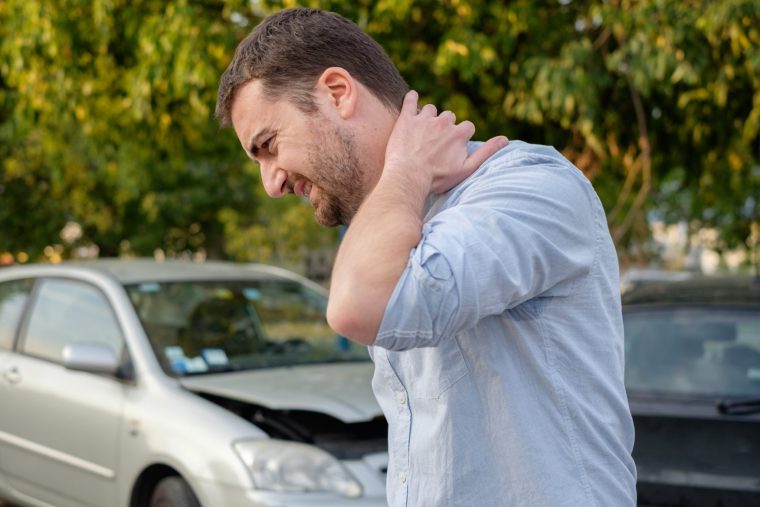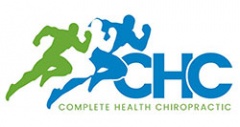
CAR ACCIDENTS and WHIPLASH
(Part 1) CAR ACCIDENTS WHIPLASH
1. Motion Analysis of Cervical Vertebrae During Whiplash Loading during car accidents
There were three distinct patterns of cervical spine motion after impact. In the flexionextension
group, C6 rotated backward before the upper vertebrae in the early phase;
thus, the cervical spine showed a flexion position (initial flexion). After C6 reached its
maximum rotational angle, C5 was induced to extend. As upper motion segments went
into flexion, and the lower segments into extension, the cervical spine took an S-shaped
position. In this position, the C5–C6 motion segments showed an open-book motion
with an upward-shifted instantaneous axis of rotation. “The effects of minor
trauma on the CNS assume great importance because whiplash injury is a
frequent result of minor vehicular accidents, in particular, the rarely
mentioned minor rear-end collision.” Car accidents and Whiplash
••••• CAR ACCIDENTS WHIPLASH
2. Whiplash Associated Disorders from Car Accidents: Redefining Whiplash and Its
Management by the Quebec Task Force: A Critical Evaluation
SPINE (Phila Pa 1976) 1998 (May 1); 23 (9): 1043–1049 ~
The validity of the conclusions and recommendations of the Quebec Task Force
regarding the natural course and epidemiology of whiplash injuries is questionable. This
lack of validity stems from the presence of bias, the use of unconventional terminology,
and conclusions that are not concurrent with the literature the Task Force accepted for
review. Although the Task Force set out to redefine whiplash and its management,
striving for the desirable goal of clarification of the numerous contentious issues
surrounding the injury, its publications instead have confused the subject further.
You may also want to review the original Quebec Task Force Report on WAD.
••••• CAR ACCIDENTS WHIPLASH
3. Chiropractic Treatment of Chronic ‘Whiplash’ Injuries
Injury 1996 (Nov); 27 (9): 643–645
Twenty-six (93 per cent) patients improved following chiropractic treatment (U = 34, P
< 0.001). The encouraging results from this retrospective study merit the instigation of a
prospective randomized controlled trial to compare conventional with chiropractic
treatment in chronic ‘whiplash’ injury.
Dr. Matthew J. DeGaetano’s February 2018
